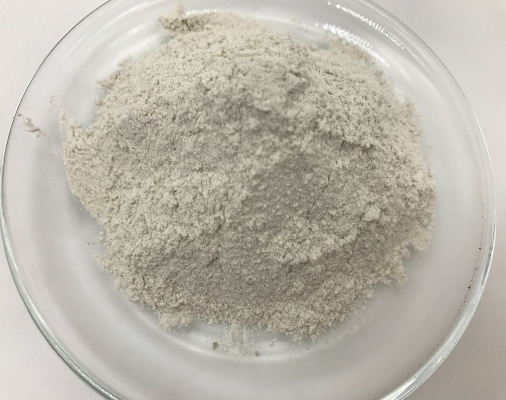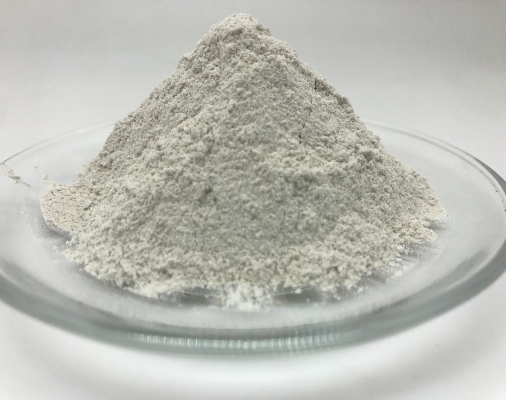Are you interested in learning about a powerful compound that can benefit your health and improve the taste of your food? Look no further than 3,4-dihydroxycinnamic acid! This naturally occurring substance has been studied for its impressive biological activities and is commonly used in the food industry to enhance flavor.
Chemical Properties of 3,4-Dihydroxycinnamic Acid
3,4-dihydroxycinnamic acid is a compound that belongs to the family of cinnamic acids. It can be found in several plants such as coffee beans, fruits like cherries and plums, and also in vegetables like carrots.
One important factor that affects the chemical properties of 3,4-dihydroxycinnamic acid is its polarity. Due to the presence of carboxylic acid and hydroxyl functional groups, this compound is considered polar. The acidity level of this substance varies depending on pH levels; it has a pKa value ranging from 7-8.
Another interesting property of 3,4-dihydroxycinnamic acid is its ability to act as an antioxidant due to the presence of hydroxylation on carbon atoms 3 and 4. Additionally, this molecule possesses anti-inflammatory properties that make it an attractive candidate for use in various health supplements.
In terms of physical properties, pure crystalline samples appear as white-colored needles or prisms with a melting point around 220°C. This molecule has poor solubility in water but can dissolve well in organic solvents such as ethanol or acetone.
Understanding the chemical properties of 3,4-dihydroxycinnamic acid reveals why it's such a valued compound with numerous benefits for both food and health industries alike!

Applications of 3,4-Dihydroxycinnamic Acid in Food Industry
3,4-Dihydroxycinnamic Acid is a versatile compound that has found various applications in the food industry. It is commonly used as a natural preservative due to its antioxidant properties, which can help prevent spoilage and increase shelf life.
Another use of 3,4-Dihydroxycinnamic Acid is as a flavor enhancer. Its mild, slightly sweet taste makes it an excellent additive for enhancing the flavor of different types of food products such as baked goods, confectioneries and beverages.
Moreover, this acid also plays an important role in food coloring. It gives off a brownish-red hue when added to foods like chocolates or coffee beans which enhances their visual appeal.
In addition to these uses, 3,4-Dihydroxycinnamic Acid may also have potential health benefits when consumed by humans. Studies have shown that it may reduce inflammation and lower blood sugar levels among other things.
The use of 3-4-dihydroxycinnamic acid in the food industry offers many advantages from preserving freshness to adding flavor and even potential health benefits.
Biological Activities of 3,4-Dihydroxycinnamic Acid
3,4-Dihydroxycinnamic acid (DHCA) is a natural compound found in many plant-based foods. This chemical has been studied for its various biological activities, including antioxidant and anti-inflammatory properties.
Research has shown that 3,4-Dihydroxycinnamic acid can act as an antioxidant by scavenging free radicals in the body. Free radicals are molecules that can damage cells and contribute to chronic diseases like cancer, Alzheimer's disease, and heart disease. By neutralizing these free radicals, DHCA may help protect against oxidative stress and prevent cell damage.
In addition to its antioxidant activity, 3,4-Dihydroxycinnamic acid also exhibits anti-inflammatory properties. Inflammation is a natural response of the immune system to injury or infection but chronic inflammation can lead to various diseases such as arthritis or diabetes. Studies have suggested that 3,4-Dihydroxycinnamic acid reduces inflammatory markers in the body which could potentially alleviate symptoms associated with chronic inflammation.
Furthermore, studies have reported that 3,4-Dihydroxycinnamic acid may exhibit anticancer activity due to its ability to inhibit tumor growth by inducing apoptosis (programmed cell death). Additionally it was shown that it might be useful for treating metabolic disorders such as obesity since it inhibits adipocyte differentiation through regulating PPARγ signaling pathway.

Conclusion
To sum up, 3,4-dihydroxycinnamic acid is a versatile compound with various applications in the food industry and potential therapeutic benefits due to its biological activities. Its antioxidant properties may protect against oxidative stress-related diseases, while its anti-inflammatory effects may aid in reducing inflammation.
3,4-Dihydroxycinnamic Acid Supplier - Viablife
Viablife is a leading biomanufacturer of natural cosmetic ingredients, fine chemicals, natural dyes, pharmaceutical intermediates, and food additives. The company aims to develop sustainable, eco-friendly, and cost-effective biomanufacturing processes for valuable products. Viablife has a world-class research and development team with extensive experience in fields such as fermentation, enzymes, metabolic engineering, synthetic biology, AI technology, big data, and more. With the innovative Viablife Biolego® platform and its wholly-owned automated manufacturing center, Viablife is able to effectively and efficiently bring its high quality products to market.
If you are interested in learning more about Viablife or trying out some of our products, please email info@viablife.com or visit https://www.viablife.net.





 Leave a Message
Leave a Message